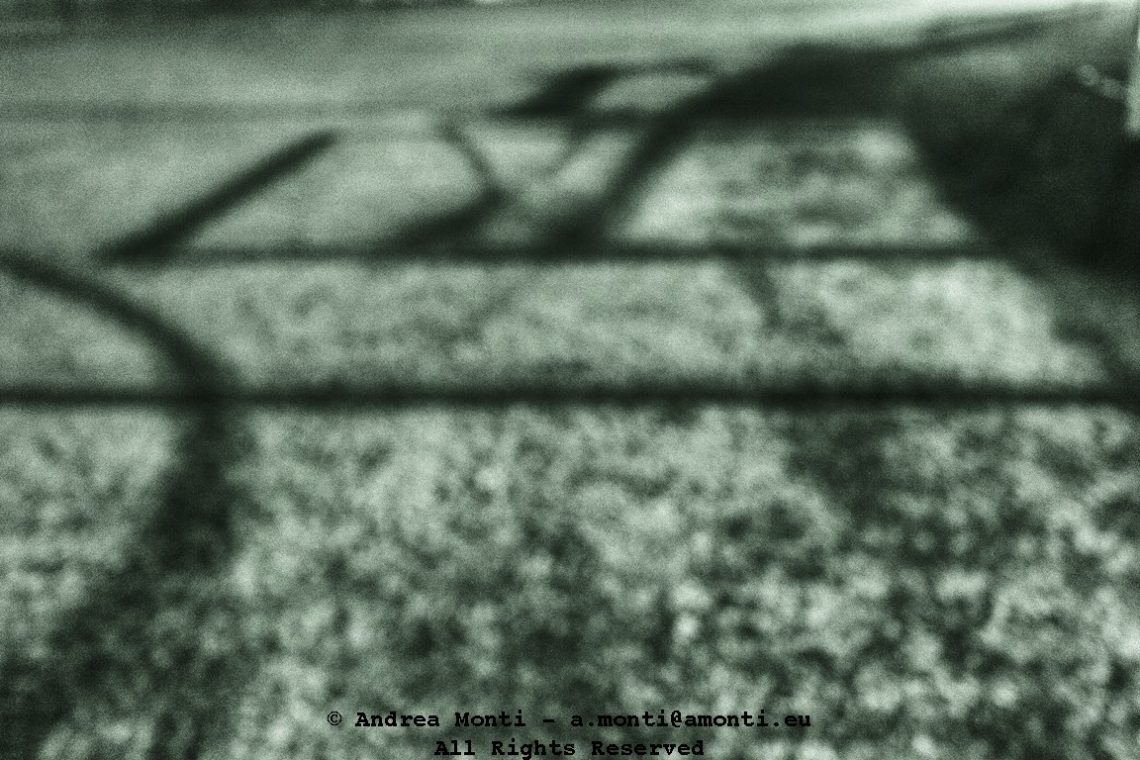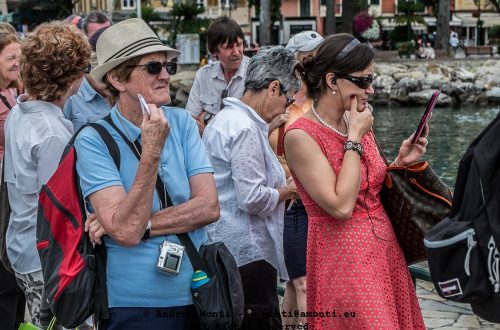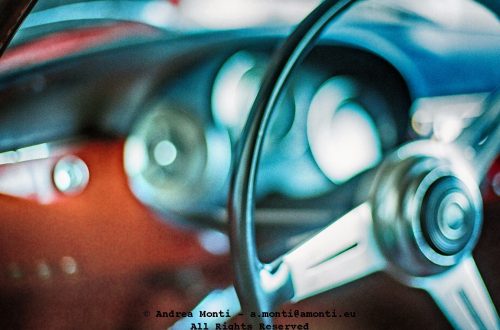
A Modern Nazca?
This image is one of those moments when photography abandons literalism and moves into interpretation. What you’re looking at is, in fact, a stretch of pavement and asphalt intersected by strong shadows—but the shallow depth of field and the grain structure render it unmoored from immediate recognition.
The blurred lines could be mistaken for ancient geoglyphs seen from above, hence the tongue-in-cheek title. The parallel bands, intersecting curves, and sudden diagonals call to mind aerial archaeology, even though the camera was barely a metre from the ground. The ambiguity invites a double take, and in that pause, the viewer starts to reconstruct meaning.
Technically, this is a photograph of deliberate imperfection. Focus was intentionally thrown far off, softening all detail into tonal fields. Grain—whether digital noise or film texture—is pronounced, reinforcing a tactile quality that almost feels printed on rough paper. The exposure holds up well given the contrast between the bright sunlit areas and the darker shadowed bands, though some highlight clipping at the top of the frame is inevitable in such lighting.
Compositionally, the image depends entirely on the rhythm of shapes and the push-and-pull between light and shadow. There’s no “subject” in the traditional sense; instead, the frame is structured like an abstract painting, with enough recognisable geometry to keep it grounded.
In the end, whether or not anyone else sees the “Nazca” reference doesn’t matter. What matters is that the photograph forces the mind to wander—to look for stories in nothing more than texture, line, and light. That, for me, is when photography ceases to be purely documentary and becomes something more suggestive.




